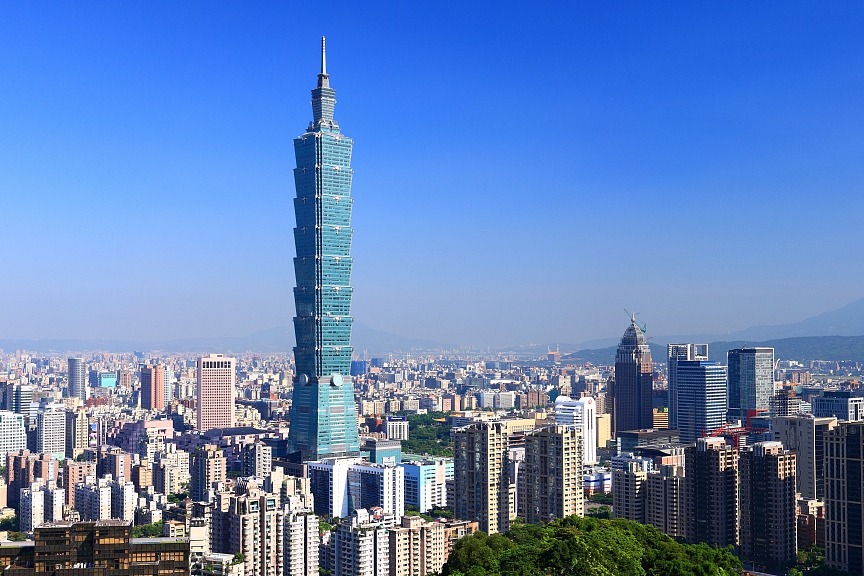Global industrial and supply chains set to change


The novel coronavirus pandemic has not only undermined economic globalization but also dragged the global economy into the worst recession since the Great Depression. In addition, it has also intensified structural reshuffling between countries and accelerated the trend toward localization and decentralization of the global supply and industrial chains. Which would lead to restructuring of the global industrial and supply chains, including those of China and the United States, in the post-epidemic era.
With the numbers of infections and deaths continuing to rise in the country, US states are facing a serious shortage of medical supplies. Their worries over the inadequate supply of face masks, ventilators and medicines highlight their dependency on Chinese-made goods. No wonder bringing supply chains back to the US from abroad and becoming self-dependent in manufacturing and supplies have become strategically important for Washington.
US desperate to attract manufacturing units back
On March 27, the US president invoked the Defense Production Act of 1950 to ensure the smooth production of strategic goods within the country. Also, White House trade adviser Peter Navarro, Republican Senator Marco Rubio and others have been urging the administration to forcefully implement the Buy American Act of 1933, by making sure federal agencies buy US-made medicines and medical equipment to reduce their reliance on China's supply chain. And big companies such as carmakers Tesla and Ford have announced that they are freeing up production lines to produce much-needed ventilators and other products in the US, while White House economic adviser Larry Kudlow has said the administration is planning to promote special policies to attract US companies back from China.
The world's dependence on China has increased with each passing year, as China's share in global exports increased from 3.9 percent in 2000 to 12.8 percent in 2018. And since Chinese exports of machinery, transportation equipment and miscellaneous products account for 19.2 percent of the global total, the US also sees its dependence on China for such goods as a threat to its national security.
Declining Sino-US trade a sign of the things to come
Coupled with this are some signs of China-US decoupling-due to the trade war the US launched against China two years ago-which the epidemic is bound to accelerate, leading to a decline in bilateral trade of intermediate or capital goods. In fact, the Sino-US trade volume in the first quarter declined nearly 20 percent year-on-year to less than $100 billion, accounting for only about 10 percent of China's total trade.
The deteriorating relations between China and the US, the two most important links of the global industrial and supply chains, reflect the changes in globalization. And apart from the US' unilateral actions, the weakening of strategic mutual trust among different countries and the inherent laws of globalization are important factors contributing to the localization of the global industrial and supply chains. Since 2008, the global industrial and supply chains have hardly developed-thanks to the emergence of regional industrial and supply chains. In terms of global participation, while the global average tariff continued to decline after a brief rebound in 2008, the international division of labor in industrial and supply chains did not facilitate much growth.
Both emerging and developed economies have over the years been strengthening their domestic industrial chains to reduce their reliance on imported intermediate products. Measured as a proportion of global output, global trade in intermediate goods fell by 5.1 percentage points between 2007 and 2017. After the 2008 global financial crisis, developed countries introduced re-industrialization strategies, including the US Advanced Manufacturing Initiative, the Japanese White Paper on Manufacturing Industries, the Future of Manufacturing for the United Kingdom 2050, and Germany's Industry 4.0. And Washington's "America first" policy and Germany's National Industry Strategy 2030 and similar policies have accelerated the re-industrialization process in developed economies.
China's industrial structure is progressively maturing
The same is true for emerging economies. For example, in recent years, as China's industrial structure has continued to mature, the country has rapidly moved up the industrial chain, and its dependence on global industrial and supply chains has decreased. The slow growth of global trade reflects the gradual maturing of emerging economies' industries, a trend that cannot be reversed.
There are three major global production centers that make up by far the largest part of the global industrial and supply chains-the North American center with the US, Canada and Mexico at the core; the European Union center with Germany, France, the Netherlands and Italy at the core; and the East Asian center with China, Japan and the Republic of Korea at the core.
China's industrial and supply chains have long been integrated with the world, but in terms of degree of connection, China's production is more closely linked with that of Japan, the ROK and other Asian countries, especially in the computer, electronics and optics sectors. More than 50 percent of global manufacturing output comes from Asia, a region whose manufacturing GDP was more than $7.1 trillion in 2019, with $4.1 trillion (58.3 percent) from China, $1 trillion (14.7 percent) from Japan, and $500 billion (6.3 percent) from the ROK.
Indeed, the pandemic is a structural shock that will accelerate the trend toward multipolarity, and hasten the process of the regional division of labor replacing the global division of labor. Plus, the signing of some megaregional trade agreements, such as the Comprehensive and Progressive Agreement for Trans-Pacific Partnership (accounting for 13.1 percent of the global economy), the Economic Partnership Agreement between the European Union and Japan (28.1 percent) and the US-Mexico-Canada Agreement (27.6 percent) will further regionalize production in North America, Europe and Asia.
Therefore, in the post-epidemic era, we could see a polycentric international division of labor and a transformation of globalization.
The author is a senior fellow at the China Center for International Economic Exchanges.
Source: chinausfocus.com
The views don't necessarily reflect those of China Daily.


































